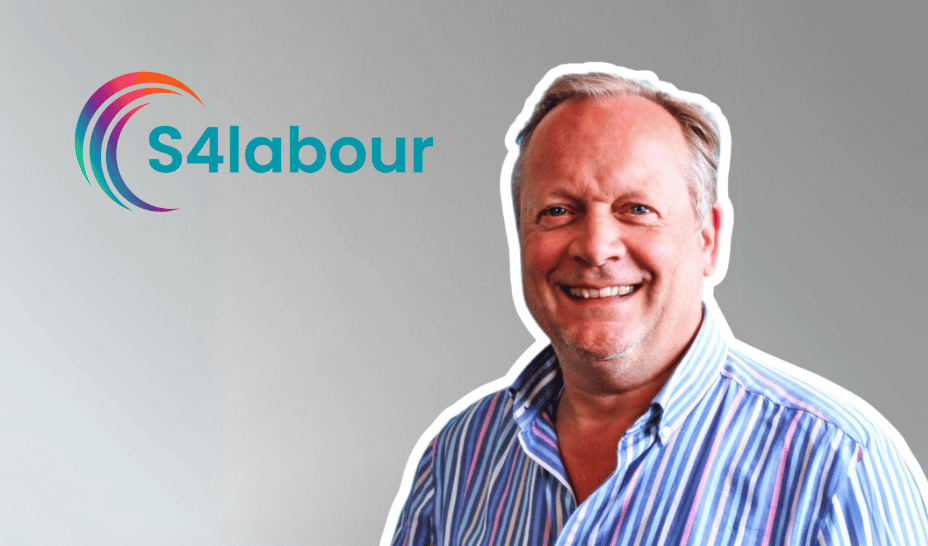3 signs you may be more at risk for burnout than others
Burnout is a pervasive issue that can be damaging to individuals and costly to organizations. As Fast Company has reported previously, 82% of workers feel at risk for burnout and could be costing companies an average of $21,000 per year in lost productivity. And while there’s no shortage of advice about how to prevent burnout, prevention isn’t always a level playing field. Here are some situations that may leave you more prone to burnout than others: 1. If you’re in the wrong work environment Kandi Wiens, senior fellow at the University of Pennsylvania and director of the university’s master’s in medical education program, says that some people may be more at risk for burnout than others—especially those who are working in environments that aren’t compatible with their personality or temperament. Wiens, author of Burnout Immunity: How Emotional Intelligence Can Help You Build Resilience and Heal Relationships at Work, says that burnout, especially in the workplace, “ultimately comes down to a misalignment, or sometimes referred to as a mismatch, between someone’s personality or temperament and the environment that they are in.” So if you are an extrovert and were working from home during the COVID-19 pandemic, that might have led to burnout, while your more introverted colleagues may have thrived. If you’re curious and open-minded and your workplace shuts down that kind of inquiry or experimentation, you may burn out faster. Clues that you might be in the wrong work environment include feeling resistance to the company’s work style or ideas. Wiens suggests people “pay attention to that resistance and check themselves.” Practice vocalizing your concerns about that resistance with someone you really trust. “What would that look like, and how can you do that in a way that is healthy for you?” she says. 2. If you’re prone to fawning Those who are constantly overextending themselves in an effort to please others in the workplace and are unable to set healthy boundaries are “fawners,” says clinical psychologist Ingrid Clayton, author of Fawning: Why the Need to Please Makes Us Lose Ourselves—and How to Find Our Way Back. This chronic people-pleasing is a “hybrid response to trauma,” Clayton says, noting that it’s an alternative to traditional fight, flight, or freeze responses. “It’s this hyper-attunement and managing other people—appeasing other people in a hyperarousal kind of way,” she says. “But it’s also hypoarousal, where there is a disconnect from ourselves, so we don’t know we’re fawning.” In her book, Clayton cites the example of a Harvard-educated law firm partner who was suffering signs of burnout. Through working with him, she helped him realize that the external validation he was seeking, as well as his inability to set boundaries, was leading to burnout. Such extreme people-pleasing can cause us to overwork and take on too much, ultimately leading to burnout. “Our worth is tied to these external markers rather than a connection with ourselves,” Clayton explains. “So, burnout is not just about output—the exhaustion of overdoing—but our loss of autonomy, authenticity, and knowing who we are at all. This is survival mode, and we are not meant to live there 24/7. Something has to give.” 3. If you lack self-awareness and self-advocacy skills When you’re encountering challenges in the workplace, whether they’re related to the culture being out of alignment with your personality and traits, or if you’re slipping into people-pleasing behavior, advocating for yourself is an important part of burnout protection. However, Wiens says that self-awareness is essential to understanding the issues that are causing friction with your personality or temperament and then being able to address them. Once you identify the issue, you can begin to take steps to mitigate it. For example, if you’re isolated and extroverted, you can purposefully design other ways to get the interaction you need. If your creativity is being stifled, you may be able to find other outlets for it. Wiens suggests thinking of it this way: “What is it in the environment that is a mismatch or misalignment with that thing that is triggered in me, and then what can I do to either change it or change the way I think about [it]?” She notes that people who lack self-awareness and the ability to examine their feelings face a fundamental hurdle in addressing the issues that could lead to burnout. Clayton notes that if you’re unable to advocate for yourself—including asking for what you need and setting boundaries when necessary—you may be more prone to burnout. Fighting burnout The good news, Clayton says, is that boundary-setting can be practiced and “built like a muscle.” Start by asking for what you need when the stakes are low—in a restaurant order, for example—to get in the habit. “Some people can kind of laugh this off if they don’t have this experience, but it’s very real that if you don’t have an

Burnout is a pervasive issue that can be damaging to individuals and costly to organizations. As Fast Company has reported previously, 82% of workers feel at risk for burnout and could be costing companies an average of $21,000 per year in lost productivity.
And while there’s no shortage of advice about how to prevent burnout, prevention isn’t always a level playing field. Here are some situations that may leave you more prone to burnout than others:
1. If you’re in the wrong work environment
Kandi Wiens, senior fellow at the University of Pennsylvania and director of the university’s master’s in medical education program, says that some people may be more at risk for burnout than others—especially those who are working in environments that aren’t compatible with their personality or temperament.
Wiens, author of Burnout Immunity: How Emotional Intelligence Can Help You Build Resilience and Heal Relationships at Work, says that burnout, especially in the workplace, “ultimately comes down to a misalignment, or sometimes referred to as a mismatch, between someone’s personality or temperament and the environment that they are in.”
So if you are an extrovert and were working from home during the COVID-19 pandemic, that might have led to burnout, while your more introverted colleagues may have thrived. If you’re curious and open-minded and your workplace shuts down that kind of inquiry or experimentation, you may burn out faster.
Clues that you might be in the wrong work environment include feeling resistance to the company’s work style or ideas. Wiens suggests people “pay attention to that resistance and check themselves.” Practice vocalizing your concerns about that resistance with someone you really trust. “What would that look like, and how can you do that in a way that is healthy for you?” she says.
2. If you’re prone to fawning
Those who are constantly overextending themselves in an effort to please others in the workplace and are unable to set healthy boundaries are “fawners,” says clinical psychologist Ingrid Clayton, author of Fawning: Why the Need to Please Makes Us Lose Ourselves—and How to Find Our Way Back. This chronic people-pleasing is a “hybrid response to trauma,” Clayton says, noting that it’s an alternative to traditional fight, flight, or freeze responses. “It’s this hyper-attunement and managing other people—appeasing other people in a hyperarousal kind of way,” she says. “But it’s also hypoarousal, where there is a disconnect from ourselves, so we don’t know we’re fawning.”
In her book, Clayton cites the example of a Harvard-educated law firm partner who was suffering signs of burnout. Through working with him, she helped him realize that the external validation he was seeking, as well as his inability to set boundaries, was leading to burnout. Such extreme people-pleasing can cause us to overwork and take on too much, ultimately leading to burnout.
“Our worth is tied to these external markers rather than a connection with ourselves,” Clayton explains. “So, burnout is not just about output—the exhaustion of overdoing—but our loss of autonomy, authenticity, and knowing who we are at all. This is survival mode, and we are not meant to live there 24/7. Something has to give.”
3. If you lack self-awareness and self-advocacy skills
When you’re encountering challenges in the workplace, whether they’re related to the culture being out of alignment with your personality and traits, or if you’re slipping into people-pleasing behavior, advocating for yourself is an important part of burnout protection. However, Wiens says that self-awareness is essential to understanding the issues that are causing friction with your personality or temperament and then being able to address them.
Once you identify the issue, you can begin to take steps to mitigate it. For example, if you’re isolated and extroverted, you can purposefully design other ways to get the interaction you need. If your creativity is being stifled, you may be able to find other outlets for it.
Wiens suggests thinking of it this way: “What is it in the environment that is a mismatch or misalignment with that thing that is triggered in me, and then what can I do to either change it or change the way I think about [it]?” She notes that people who lack self-awareness and the ability to examine their feelings face a fundamental hurdle in addressing the issues that could lead to burnout.
Clayton notes that if you’re unable to advocate for yourself—including asking for what you need and setting boundaries when necessary—you may be more prone to burnout.
Fighting burnout
The good news, Clayton says, is that boundary-setting can be practiced and “built like a muscle.” Start by asking for what you need when the stakes are low—in a restaurant order, for example—to get in the habit. “Some people can kind of laugh this off if they don’t have this experience, but it’s very real that if you don’t have an experience of speaking up or setting a boundary where it felt safe and it was successful, you have to start to build that experience,” she says.
While several factors may contribute to burnout, these three issues may accelerate it. However, through awareness and practice in mitigating these factors, workers can find a measure of protection from a pervasive malady.




































































































































































![[The AI Show Episode 145]: OpenAI Releases o3 and o4-mini, AI Is Causing “Quiet Layoffs,” Executive Order on Youth AI Education & GPT-4o’s Controversial Update](https://www.marketingaiinstitute.com/hubfs/ep%20145%20cover.png)




























































































































![[DEALS] Internxt Cloud Storage Lifetime Subscription: 10TB Plan (88% off) & Other Deals Up To 98% Off – Offers End Soon!](https://www.javacodegeeks.com/wp-content/uploads/2012/12/jcg-logo.jpg)
![Ditching a Microsoft Job to Enter Startup Purgatory with Lonewolf Engineer Sam Crombie [Podcast #171]](https://cdn.hashnode.com/res/hashnode/image/upload/v1746753508177/0cd57f66-fdb0-4972-b285-1443a7db39fc.png?#)
















































































































.png?width=1920&height=1920&fit=bounds&quality=70&format=jpg&auto=webp#)


























































































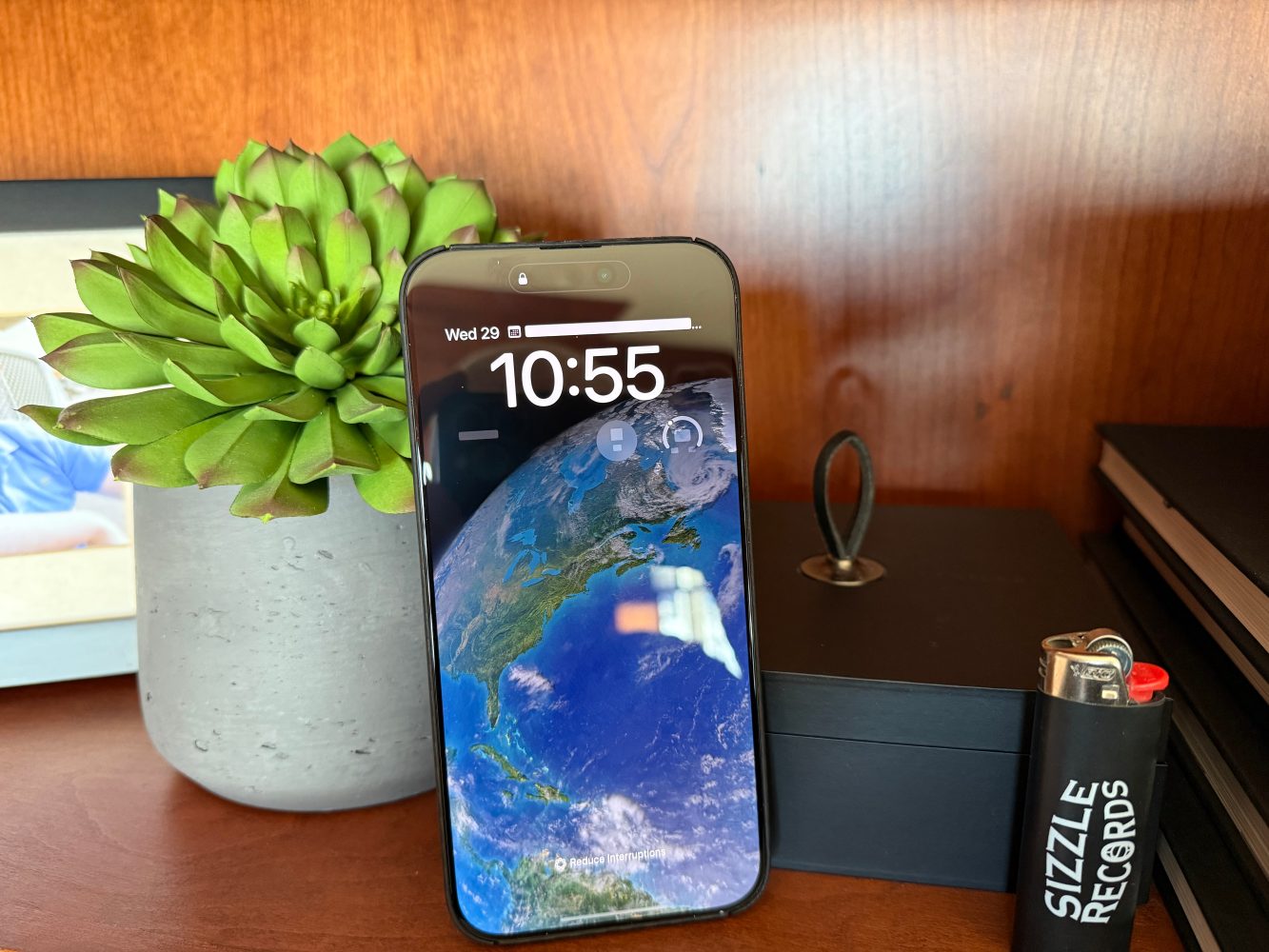

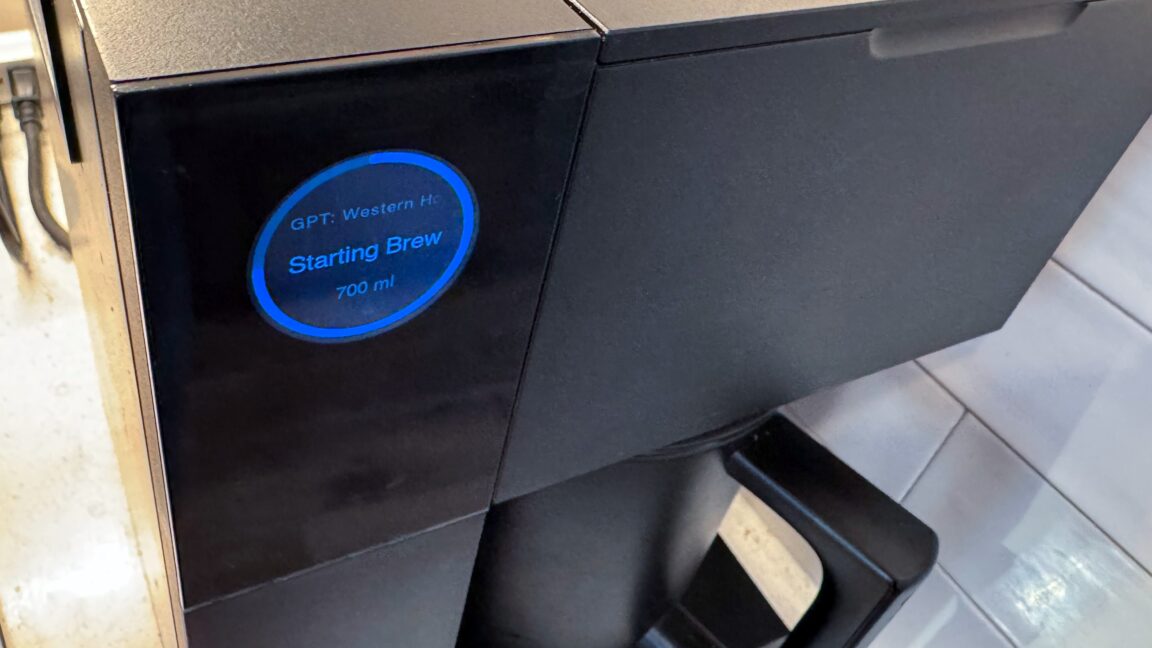

















![Federal ‘click to cancel subscriptions’ rule delayed, may be weakened [U]](https://i0.wp.com/9to5mac.com/wp-content/uploads/sites/6/2024/10/Federal-click-to-cancel-subscriptions-rule-is-ratified.jpg?resize=1200%2C628&quality=82&strip=all&ssl=1)


![What Google Messages features are rolling out [May 2025]](https://i0.wp.com/9to5google.com/wp-content/uploads/sites/4/2023/12/google-messages-name-cover.png?resize=1200%2C628&quality=82&strip=all&ssl=1)
![[Fixed] Gemini 2.5 Flash missing file upload for free app users](https://i0.wp.com/9to5google.com/wp-content/uploads/sites/4/2025/03/google-gemini-workspace-1.jpg?resize=1200%2C628&quality=82&strip=all&ssl=1)










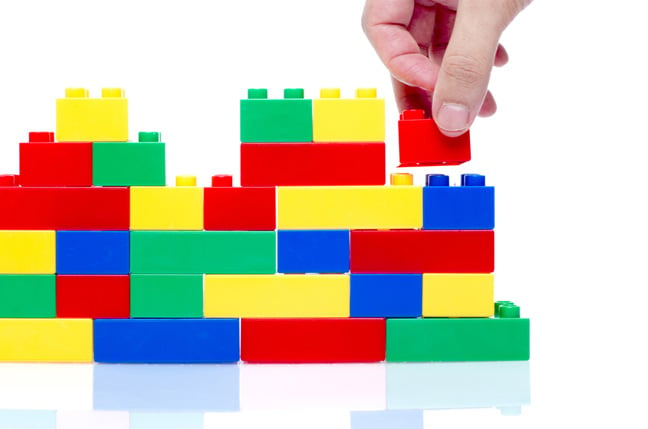
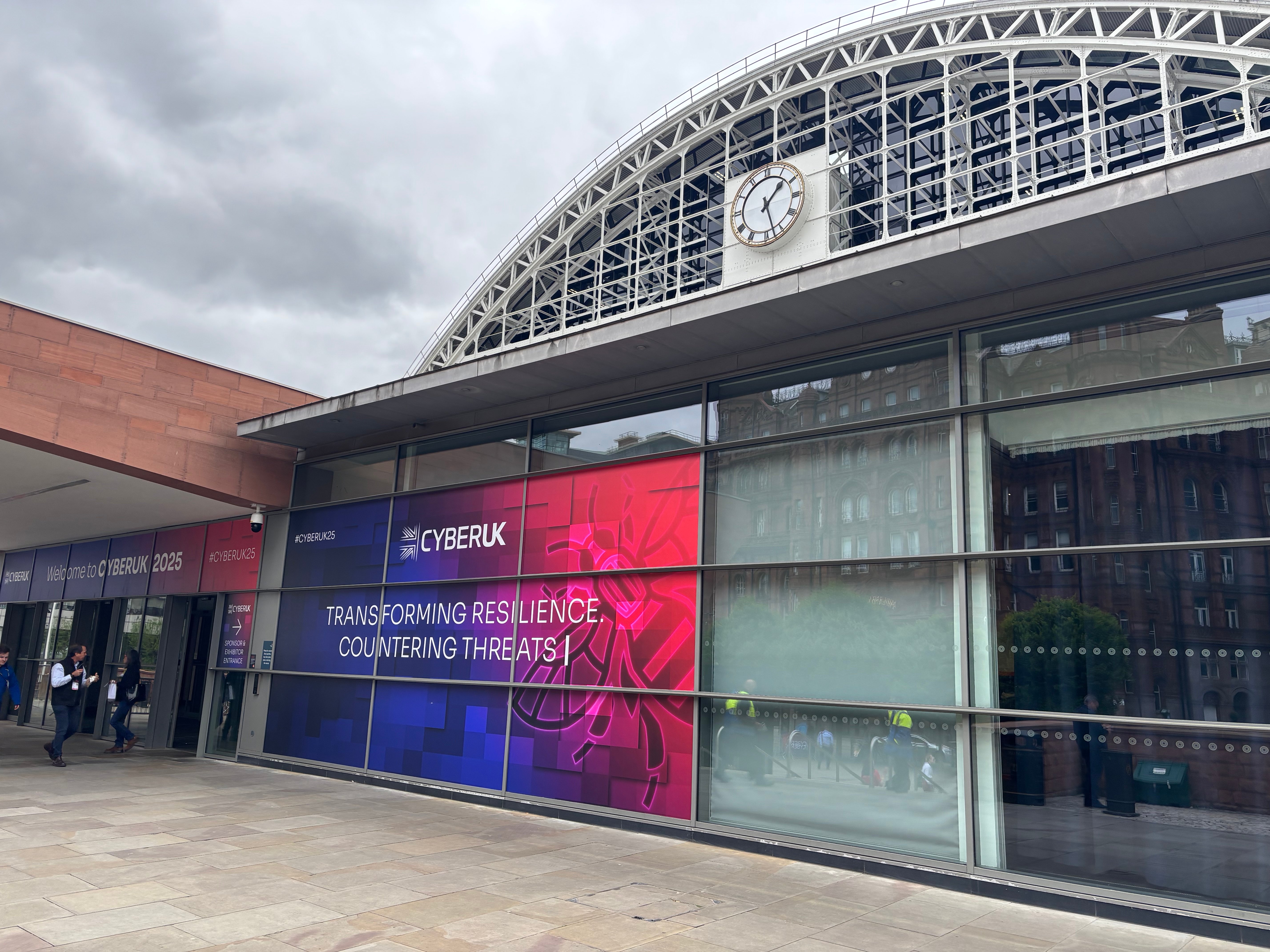

![Apple Shares 'Last Scene' Short Film Shot on iPhone 16 Pro [Video]](https://www.iclarified.com/images/news/97289/97289/97289-640.jpg)
![Apple M4 MacBook Air Hits New All-Time Low of $824 [Deal]](https://www.iclarified.com/images/news/97288/97288/97288-640.jpg)
![An Apple Product Renaissance Is on the Way [Gurman]](https://www.iclarified.com/images/news/97286/97286/97286-640.jpg)
![Apple to Sync Captive Wi-Fi Logins Across iPhone, iPad, and Mac [Report]](https://www.iclarified.com/images/news/97284/97284/97284-640.jpg)









































![Gurman: First Foldable iPhone 'Should Be on the Market by 2027' [Updated]](https://images.macrumors.com/t/7O_4ilWjMpNSXf1pIBM37P_dKgU=/2500x/article-new/2025/03/Foldable-iPhone-2023-Feature-Homescreen.jpg)













































